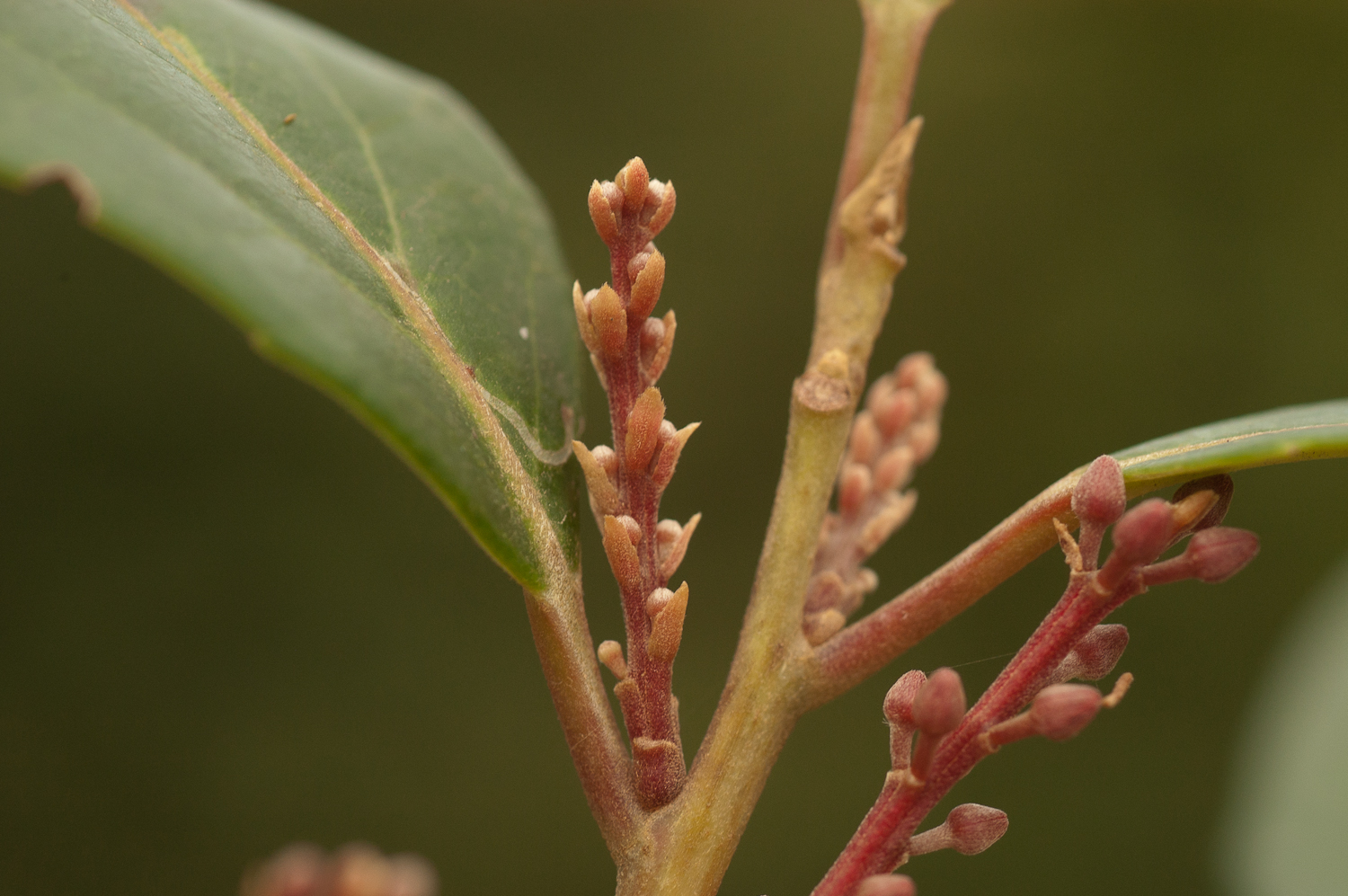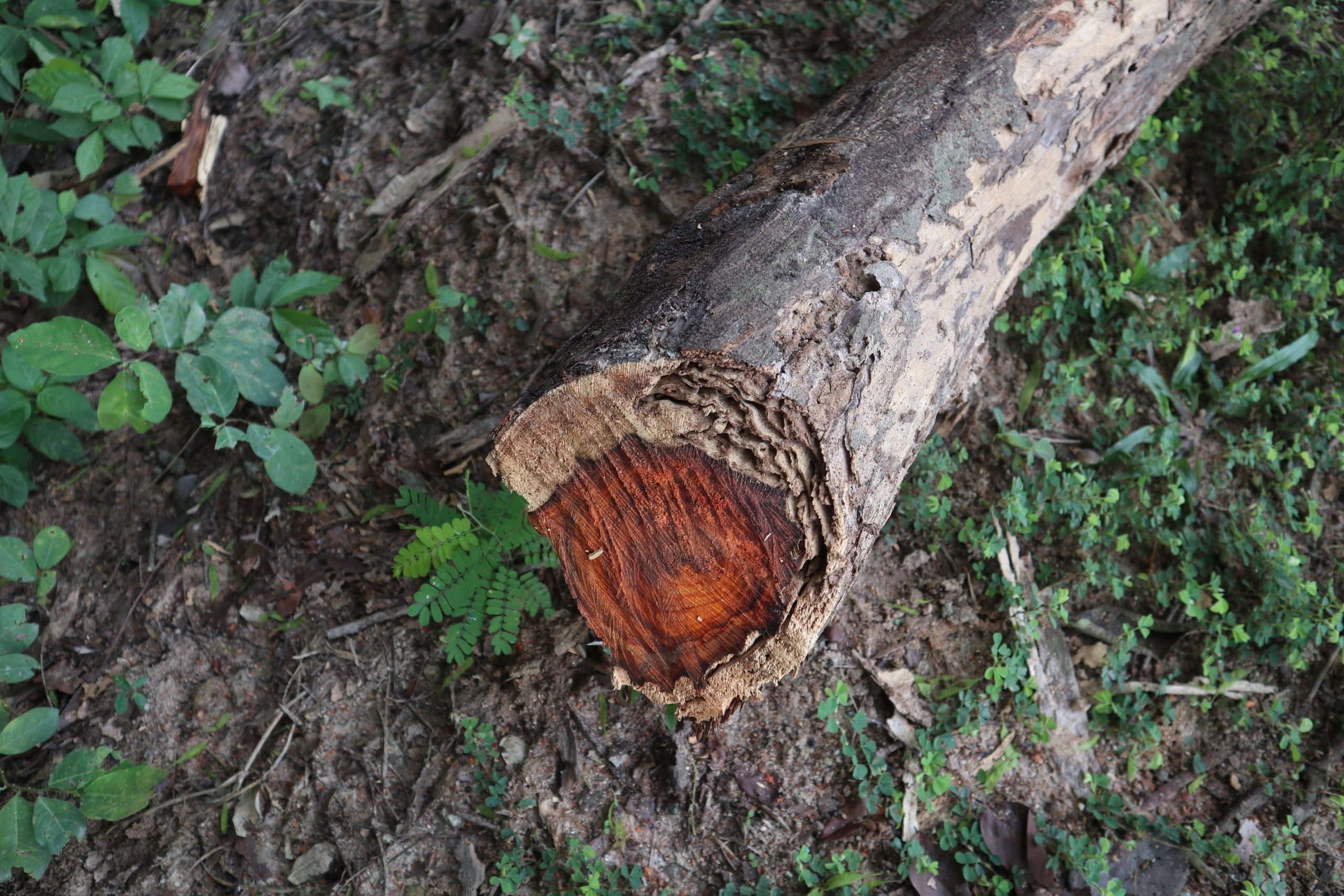IUCN 2022 Red List Update
-
Region
Global -
Programme
Global Tree Assessment -
Workstream
Saving Plants -
Topic
Conservation Prioritisation -
Type
Press Release -
Source
BGCI
Today the IUCN Red List of Threatened Species released it’s first update for 2022 and with it 2,437 new tree species assessments were published. This brings the number of tree assessment available on the IUCN Red List to 37,411 assessments.
Using information on tree assessments from both the IUCN Red List and ThreatSearch database, we can account for assessments of 79% of the world’s tree species. Our analysis also finds that at least 29% of all tree species are threatened with extinction globally.

In this update many more tree assessments for each region have been published. With several countries (Australia, Gabon, Mexico, Panama, Papua New Guinea, and Venezuela) having more than 50 assessments published in 2022. In addition, advances were made for assessments in Colombia, Indochina, Nicaragua, and Southern Africa. Taxonomically 153 assessments in the families Lamiaceae and Lauraceae were assessed and 76 species of Annonaceae tree, along with smaller contributions from other taxonomic groups.
Following the release of the State of the World’s Trees in September 2021, the Global Tree Assessment is now in it’s second phase focusing on publishing assessments from Threat Search and the National Red List on the IUCN Red List and updating assessments for trees published before 2010. This follows the IUCN Guidelines which recommend updating assessments for a species every 5-10 years. In this update we begin to see more reassessments of species completed in 1998.

One notable reassessment is for Dalbergia cochinchinensis. This species was previously assessed in 1998, but since this time the species concept has changed and therefore the assessment needed to encompass information from more range states. Also since 1998 the species has seen a marked increase in illegal harvest for timber, with the species specifically being targeted by timber poachers to supply the species’ desirable rosewood to China to produce traditional Hongmu furniture. Despite the listing of the species on CITES, the tree is frequently cut and smuggled across it’s range with even the tree roots being dug up to meet demand. Consequently, the species is assessed as Critically Endangered.
The assessment for D. cochinchinensis was produced alongside partners from the region and coordinated by Bioveristy Internationals APFORGEN network, who also helped assess Dalbergia oliveri (Critically Endangered). BGCI has also recently been working with Royal Botanic Gardens, Kew, Missouri Botanical Garden, and CITES to make sure all Dalbergia species have assessments available on the IUCN Red List. In this IUCN update, an additional 83 Dalbergia species will be published. This has been a priority as all species of Dalbergia are listed on CITES Appendix II, regulating the international trade of the species. However, due to a lack of enforcement capacity and illegal crime syndicates more efforts are being pursued by CITES to curb the trade of Dalbergia and complete IUCN assessments is one step towards this.

Over the past five years the Global Tree Assessment has worked to update assessments for all trees on CITES, with all assessments for trees of Gonystylus published this year and assessments for species of Guibourtia, Pterocarpus, Cedrela, Swetenia and many others published in the past few years. The production of these assessments can help guide national, regional and International policy to the protection of these tree species. It also ensures the most up to date information is available to make informed governance, forestry and conservation decisions. This is not only applicable for species already on CITES and known in trade, but more broadly it is hoped that assessments produced for lesser known trees will help influence decision making towards the conservation of tree species.
Support BGCI
You can support our plant conservation efforts by sponsoring membership for small botanic gardens, contributing to the Global Botanic Garden Fund, and more!
BGCI Member Announcement
Are you a BGCI Member? Do you have a news announcement, event, or job posting that you would like to advertise? Complete the form at the link below!